Shelly Davis bought her loom, a four harness Nilus Leclerc, in 1975. It weighs more than she does, and it arrived in pieces with a guidebook called “Weaving: A Fantastic Hobby.”
The loom had to be assembled on the floor of her home in Cambridge, a task so daunting it drew tears. The loom was there when her son was born in 1977. It was there when she went back to school for her doctorate in psychology a couple of years later. It stayed there when she thought she had given up weaving for good. She disassembled it and reassembled it for one move, put it on a moving truck as a whole unit for another. It was there when her husband died.
Non-weavers always ask how long her pieces take to make, but she says it’s a question that can’t be answered.
“Mostly what people are asking is how long did you sit at the loom and do this thing, but that’s not the beginning of any piece,” she said, standing in her Oak Bluffs home which doubles as her studio. “It could be a dream you had five years ago, or a walk you took with your brother two years ago.”
Ms. Davis will present her show, Weaving Inspirations, at Featherstone Center for the Arts next month, from August 12 to 19. Her hope is to show the diverse sources of ideas for her work, from a wall sculpture at the Martha’s Vineyard Hospital to one of her son’s paintings. After decades of weaving, this will be her first solo show.
“It never occurred to me to have a show, I’m a psychologist,” she said with a laugh. “I see patients. That’s what I do.”
She learned to knit as a child, then in graduate school she started to sew. Her father was a hat manufacturer in Manhattan, and she had access to all his materials.
“I thought it was amazing that you could just get up Saturday morning and make a suit,” she said.
While still in graduate school for psychiatric nursing at New York University, she became a professional seamstress. Then in 1974, after quitting a nursing job to take some time off, she enrolled in her first weaving class.
“This is really hokey, but the first time I sat down at a loom, I felt like something happened to me. I mean, I was mesmerized by it,” she said.
Much of her work is strikingly organic for a medium based in straight lines. She captures the seeping red of a sunrise, the sensuous wave of dune grass, a field of rosehips. But she is not beholden to landscapes or to images. Many of her pieces simply revel in the beauty of a color, a yarn, a woven edge. And always evident is her drive to challenge herself, to abandon the pattern and try something new.
Ms. Davis said it is an unforgiving art form. Mistakes are painstaking to fix. But weaving also offers a tactile way to balance her work in the mental health field, which can be emotionally demanding.
“Creating a piece of art that is concrete, that I can see, touch and share balances often going into the unknown when starting a psychotherapy relationship,” she said.
Ms. Davis has practiced psychology for more than 50 years, including the past 11 years on the Vineyard. She was trained psychoanalytically, but she now specializes in cognitive behavioral psychology.
“I think the thing that drew me to more behaviorally-oriented psychology is the same thing that drew me to weaving,” she said. “There’s a beginning and an end. There’s a structure to the work, and there are pretty clearly defined steps for getting there, which is not true in analytic psychotherapy.”
She likes the structure, but she isn’t afraid to abandon it. Nearly 75, she seeks new frontiers at every opportunity. In March, she began working with the bereavement program at Hospice of Martha’s Vineyard. The program offers up to 13 months of free counseling for people grieving a recent loss. Ms. Davis said that unlike cognitive behavioral therapy, bereavement work and Hospice work have no clear structure. But she said there was something in her that yearned for the fulfillment of a new challenge.
“It’s really, really hard work. And it’s really meaningful, and it really matters,” she said.
Her loom now lives on the light-filled first floor of her Oak Bluffs home. Behind it are shelves full of cones and skeins of yarn, silks, linens, Mexican wool. A small sign says “There’s no place like home, except Grandma’s.”
As she weaves, Ms. Davis winds her work around a front beam. To preserve correct tension on the loom, the lengthening piece cannot be removed until it is finished. In that way, she is always working on the edge of a precipice, unable to see the wound-up work until the final moment.
“It means that you’re blind,” she said.
It’s a work of faith, a hopeful process, a creation that cannot be timed.

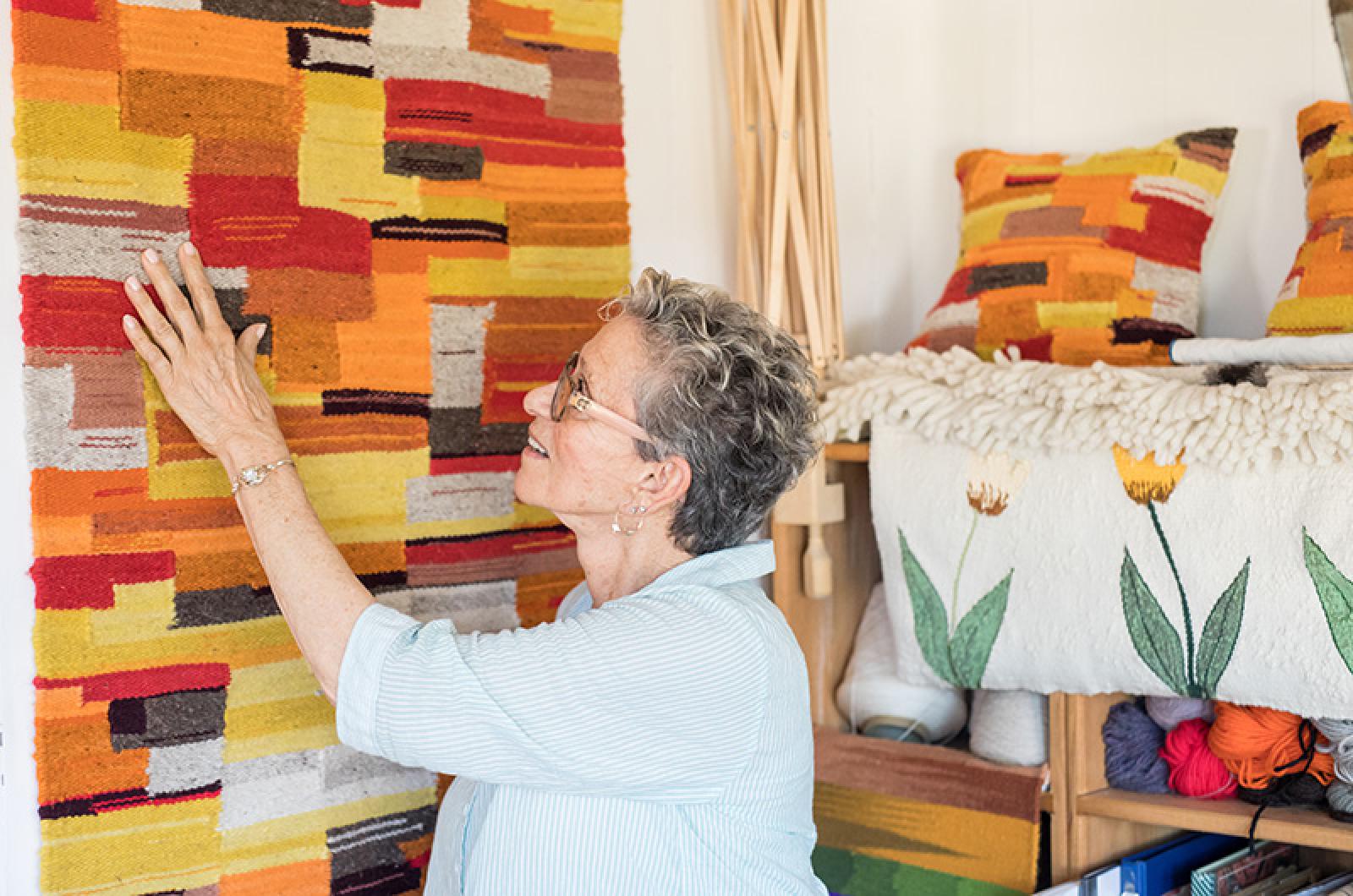
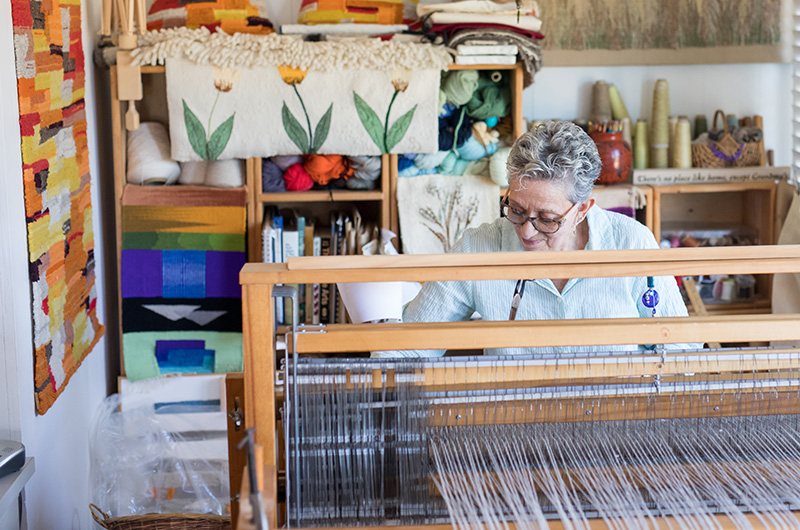
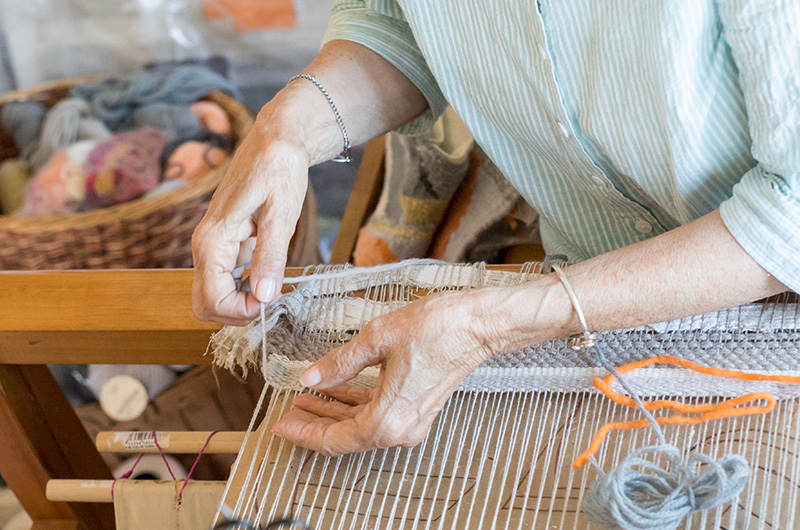
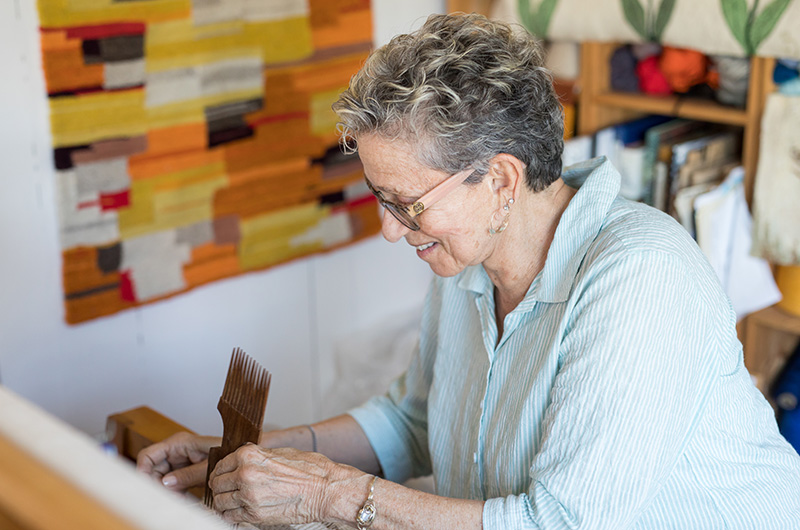


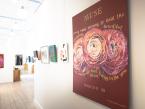

Comments (1)
Comments
Comment policy »